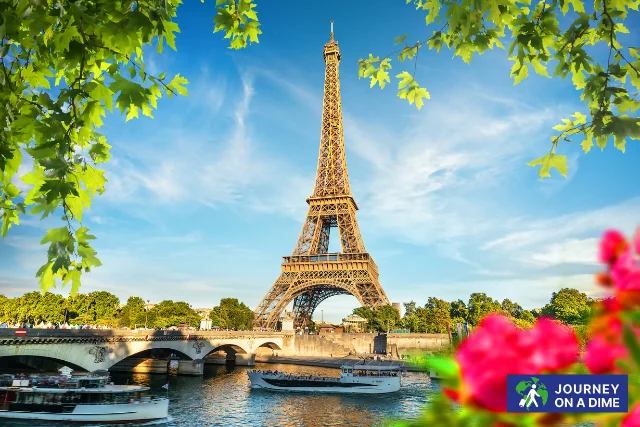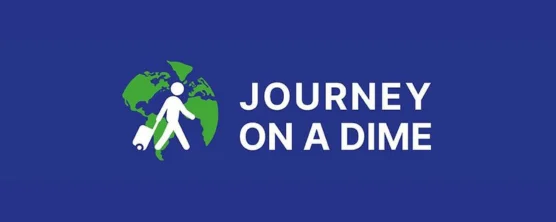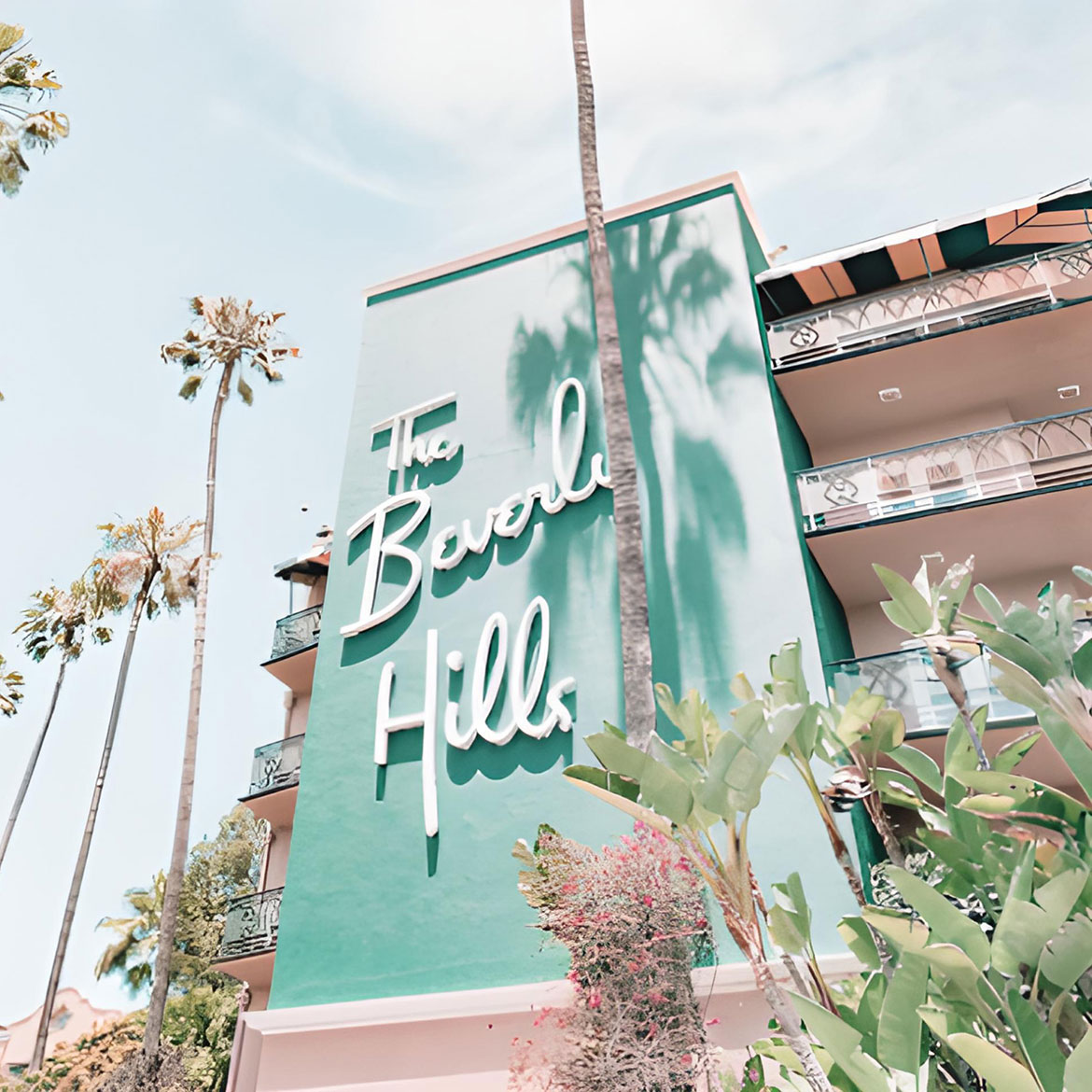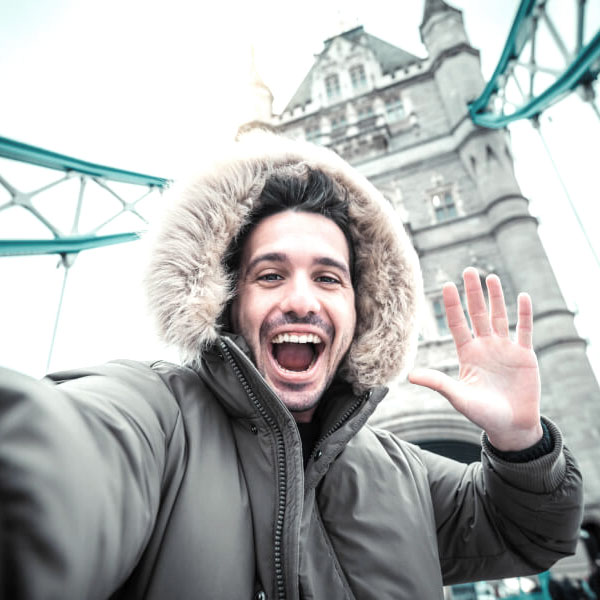Secrets of the Eiffel Tower: 10 Surprising Facts You Didn’t Know

The Eiffel Tower is one of the most iconic landmarks in the world, drawing millions of visitors each year to Paris. While most travelers know it as a symbol of romance and architectural brilliance, there’s much more to this iron giant than meets the eye. From secret apartments to scientific experiments, the Eiffel Tower holds a treasure trove of fascinating stories. Whether you’re planning a visit or just love learning about historic sites, here are 10 surprising facts about the Eiffel Tower that will deepen your appreciation for this global monument.
1. It Was Never Meant to Be Permanent
When Gustave Eiffel’s company completed the Eiffel Tower in 1889 for the Exposition Universelle (World’s Fair), it was only intended to stand for 20 years. Parisian artists and intellectuals of the time criticized the structure, calling it an eyesore and a “monstrous” addition to the skyline. However, the tower survived demolition because it proved to be a valuable communications tower. Its usefulness saved it from being scrapped—and the rest is history.
2. Gustave Eiffel Had a Secret Apartment at the Top
Tucked away near the top of the Eiffel Tower is a small private apartment that Gustave Eiffel built for himself. Unlike the industrial feel of the tower, the apartment was cozy and tastefully furnished. Eiffel used it to entertain prestigious guests, including Thomas Edison. Today, the apartment is open to visitors, complete with wax figures recreating its famous moments.
3. It Can Grow and Shrink with the Weather
Iron expands and contracts with temperature changes, and the Eiffel Tower is no exception. During hot days, the Eiffel Tower can grow up to 6 inches taller due to the metal expanding in the heat. In contrast, during the winter or cold nights, it can contract and become shorter. Additionally, strong winds can cause the tower to sway up to 3 inches.
4. The Eiffel Tower Was Once the Tallest Building in the World
At 984 feet (300 meters) tall, the Eiffel Tower held the title of the world’s tallest man-made structure for 41 years—from its completion in 1889 until the Chrysler Building in New York surpassed it in 1930. Even today, the Eiffel Tower remains one of the tallest structures in Paris and an enduring symbol of human ingenuity.
5. It’s Painted in Three Shades—Not Just One
If you thought the Eiffel Tower was simply brown or gray, think again. The tower is painted in three different shades of bronze, getting progressively lighter the higher it goes. This gradient technique ensures the tower appears more uniform and aesthetically pleasing against the sky. The paint is refreshed every seven years to prevent rust and maintain its iconic look.
6. It Was Nearly Relocated to Canada
In 1967, Montreal hosted Expo 67, a World’s Fair, and there were discussions about moving the Eiffel Tower to Canada for the event. Although the plan never materialized—largely due to logistical and financial challenges—the idea itself showcases the tower’s global allure. Can you imagine the skyline of Montreal temporarily boasting the Eiffel Tower?
7. The Eiffel Tower Has Been Used for Scientific Experiments
Gustave Eiffel, a trained engineer, used his creation for more than just tourism. The tower has hosted numerous scientific experiments over the years, including aerodynamic studies, radio transmission tests, and even gravity experiments. Its height made it an ideal location for dropping objects to study how they fall and testing early weather instruments.
8. It’s Been Repainted 19 Times
Since its grand debut, the Eiffel Tower has undergone a fresh coat of paint 19 times. This process requires about 60 tons of paint and takes 15 to 18 months to complete. It’s all done by hand—no spray guns or automated machines—to preserve the delicate iron structure. Each layer protects the tower from corrosion and harsh Parisian weather.
9. There’s a Bunker Beneath It
Hidden beneath the south pillar of the Eiffel Tower is a secret military bunker. Once used for communications and defense, the bunker connects to the former military school nearby. While it’s no longer in use for strategic operations, the site remains a fascinating part of the tower’s rich history. Guided tours sometimes allow access to this hidden area.
10. The Tower Has Inspired Countless Replicas Around the World
The Eiffel Tower’s unique silhouette has sparked the imagination of architects worldwide. You’ll find replicas in Las Vegas, Tokyo, Shenzhen, and even small towns across the globe. While none can quite match the Parisian original, these structures pay homage to the Eiffel Tower’s iconic status and global influence.
Bonus: It Sparkles Every Hour at Night
While many know the Eiffel Tower lights up beautifully at night, fewer are aware of the magical sparkle that happens every hour on the hour after dusk. The twinkling lights last for five minutes and create a dazzling show that enchants onlookers. This sparkling display was added in 1985 and has since become a beloved part of the Eiffel Tower experience.
Why These Facts Matter for Travelers
Understanding the lesser-known stories of the Eiffel Tower can completely change the way you experience it. Instead of just snapping photos from Trocadéro, you’ll be thinking about the scientific experiments that once took place above your head, the apartment where Edison and Eiffel shared ideas, or the hidden bunker beneath your feet.
When visiting, try going at different times of the day. Morning visits tend to be less crowded and offer great photography lighting. Evening visits, especially at the top of the hour, reward you with the famous sparkle. And don’t miss out on walking—not just riding—the stairs between the first and second levels. It’s a workout, but you’ll gain new appreciation for the engineering genius behind the Eiffel Tower.
Tips for Visiting the Eiffel Tower
- Book tickets in advance. Lines can be long, especially in peak seasons.
- Consider the stairs. It’s cheaper and provides a more intimate experience.
- Go at night. The light shows are truly magical after dark.
- Visit nearby attractions. Don’t skip the Seine River cruise or nearby Champs de Mars park.
- Bring a zoom lens. The views from the top include landmarks like Notre-Dame and the Arc de Triomphe.
The Eiffel Tower Beyond Paris
While the original Eiffel Tower stands proudly in Paris, its spirit has traveled far. Replicas and inspired designs can be found on every continent. This universal appeal speaks volumes about its timeless design and emotional connection with people worldwide.
But even more intriguing are the ongoing innovations involving the Eiffel Tower. It now uses wind turbines and solar panels to power parts of its infrastructure. The Eiffel Tower continues to evolve—much like the world around it—without losing its foundational elegance.
FAQs
When was the Eiffel Tower built?
The Eiffel Tower was completed in 1889 for the Exposition Universelle, held to celebrate the 100th anniversary of the French Revolution.
How tall is the Eiffel Tower?
The Eiffel Tower stands at approximately 1,083 feet (330 meters) tall, including its antennas.
Can you visit Gustave Eiffel’s secret apartment?
Yes, the apartment is preserved and viewable during visits to the top level of the tower, featuring lifelike wax figures of Eiffel and Thomas Edison.
Why does the Eiffel Tower sparkle at night?
The sparkling light show occurs every hour on the hour after nightfall and lasts five minutes. It uses over 20,000 twinkling bulbs.
Is the Eiffel Tower painted one color?
No. The Eiffel Tower is painted in three shades of bronze, getting lighter towards the top to enhance visual consistency.
Has the Eiffel Tower ever been moved or taken down?
Despite proposals, like relocating it to Montreal for Expo 67, the Eiffel Tower has never been moved and was saved from demolition thanks to its scientific value.
Is it true the Eiffel Tower sways in the wind?
Yes, due to its iron structure, it can sway up to 3 inches in strong winds.
How often is the Eiffel Tower repainted?
It is repainted approximately every seven years to protect it from rust and weather damage.
Are there other Eiffel Towers around the world?
Yes, there are numerous replicas in places like Las Vegas, Tokyo, and Shenzhen, inspired by the original design.
Can you walk up the Eiffel Tower?
Yes, visitors can walk up to the second floor via stairs—about 674 steps. Elevators are available for those who prefer a quicker route.
Image Source: Canva








